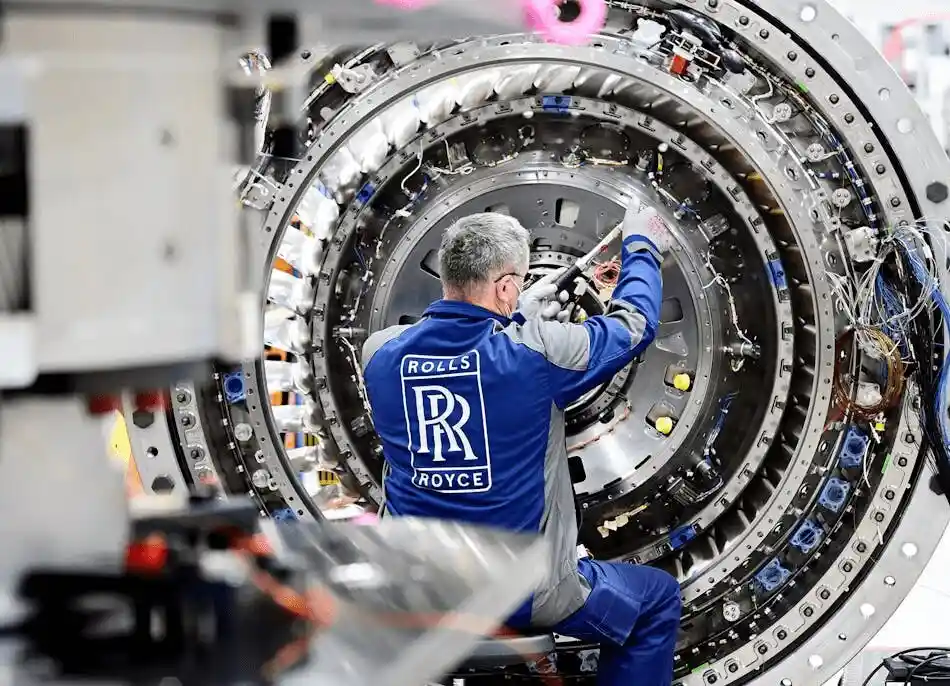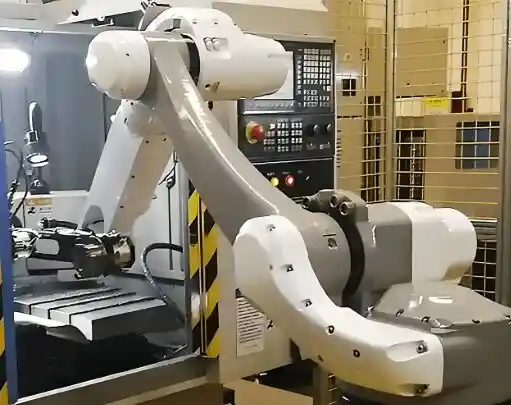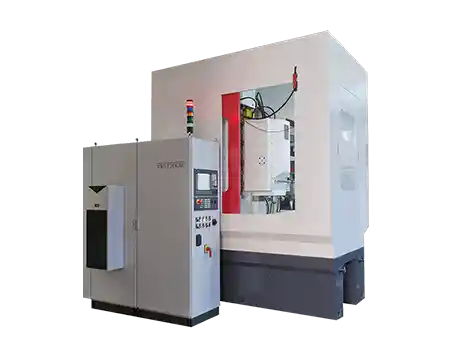From Tradition to Smart: How to Choose the Best Process for Drilling, Boring, and Reaming?
Rolls-Royce recently announced its plans to significantly expand its smart factory technology, which is undoubtedly a major advancement in the wave of Industry 4.0. Smart factories not only optimize production processes but also enhance manufacturing precision and efficiency through highly integrated digital technologies.
This shift is affecting traditional manufacturing processes, including hole machining. Common hole machining methods include drilling, reaming, and boring. In smart factories, machining precision, production speed, and process selection have become more flexible and efficient.
How do we choose the most appropriate machining method based on actual needs? How do smart factories influence the execution of these processes? These are the key topics we explore in this article.

1. Principles
Before formally analyzing these three hole machining methods, we first need to clarify their working principles.
Drilling:
Drilling is the process of cutting a circular hole in a workpiece using a rotating drill bit. It is usually the initial hole machining process used to quickly create large diameter holes.
Machining Principle:
The drill bit generates cutting forces through rotation, gradually removing material from the workpiece until the hole is formed. Drilling is primarily used in the rough machining stage, where precision requirements are generally low.
Applicable Scenarios:
Drilling is suitable for quickly creating holes in workpieces, especially when the hole is large and precision requirements are not high.
Tools and Equipment:
Common drilling tools include twist drills and diamond drill bits. The equipment typically includes drilling machines and milling machines.
Boring:
Boring is a precision machining process primarily used to enlarge an existing hole and improve its precision, particularly for fine machining of rough holes.
Machining Principle:
Boring uses a rotating boring tool to gradually cut inside an existing hole, achieving precise hole diameter, roundness, and surface finish. It improves the hole's precision and dimensional tolerance by making small cuts.
Applicable Scenarios:
Boring is suitable for parts requiring precise control of hole diameter and roundness, typically used for finishing larger holes.
Tools and Equipment:
Boring uses specialized boring tools and is typically performed on a boring machine, though it can also be done on CNC milling machines.
Reaming:
Reaming is a fine machining process used to finish holes that have already been drilled, aiming to improve hole diameter precision, surface finish, and roundness.
Machining Principle:
The reamer cuts the inner wall of the hole by rotating, removing a very small amount of material to precisely control hole diameter and improve surface quality. The reaming process is more refined than drilling and is usually used in the finishing stage.
Applicable Scenarios:
Reaming is suitable for applications requiring high hole diameter precision and surface finish, such as precision machinery manufacturing, automotive, and aerospace industries.
Tools and Equipment:
Reaming uses reamers, and common equipment includes reaming machines and CNC milling machines.
2. Technical Differences between Drilling, Boring, and Reaming
Although drilling, boring, and reaming are all used for hole machining, there are significant differences in precision, application, tools, and process flow. Let’s analyze these differences one by one.
Machining Method | Precision | Applicable Range | Tools | Advantages and Disadvantages |
Drilling | Low | Rough machining, large holes | Drill bit | High production efficiency; lower precision |
Boring | High | Fine machining, hole diameter control | Boring tool | High precision, improves hole roundness; suitable for large hole finishing |
Reaming | High | Fine machining, high precision | Reamer | Improves hole precision and surface quality; longer machining time |
Machining Precision:
Drilling has lower precision, typically used for larger holes with lower precision requirements and for rough machining.
Boring has higher precision and is used for finishing holes, controlling hole diameter, roundness, and surface finish.
Reaming provides the highest precision, primarily used to improve hole size precision and surface quality, often as the final finishing step.
Applicable Range:
Drilling is suitable for quickly machining larger holes, usually used as the initial process.
Boring is used for fine machining, especially for finishing larger holes, significantly improving hole precision and roundness.
Reaming is suitable for holes requiring higher precision and surface finish, typically used for machining precision parts.
Tools and Equipment:
Drilling uses drill bits, and common equipment includes drilling machines and milling machines, which are easy to operate and offer high production efficiency.
Boring uses specialized boring tools, typically performed on boring machines or CNC machines, ideal for large hole finishing.
Reaming uses reamers, typically done on reaming machines or CNC machines, suitable for high-precision hole machining.
3. How to Choose the Best Process for Drilling, Boring, and Reaming Based on Needs
When selecting the appropriate hole machining process, several factors must be considered, including hole size, precision requirements, material properties, and production efficiency. Here are some key points to help you make the best choice:
Application Scenarios:
Drilling: When hole size is large and precision requirements are low, drilling can be selected. For example, hole machining in large mechanical parts typically starts with drilling.
Boring: Boring is ideal for precisely controlling hole diameter, roundness, and surface finish, especially for finishing larger holes.
Reaming: When finalizing hole precision and surface finish, reaming is the best choice, suitable for the production of precision parts.
Machine Tool Selection:
Drilling Machines: Suitable for efficient, high-volume drilling operations.
Boring Machines: Ideal for large hole finishing, providing high precision and stability.
Reaming Machines: Suitable for high-precision and high-surface quality reaming operations, often used for final hole processing in precision machinery.
In a smart factory, the system can automatically recommend the most suitable machine tools and machining paths based on real-time data analysis, thereby optimizing the production process and improving production efficiency.
4. The Impact of Smart Factories on Hole Machining Processes
With the widespread application of smart manufacturing technologies, the execution of drilling, boring, and reaming processes has been significantly optimized, especially in terms of improving precision, efficiency, and flexibility.
Real-time Monitoring and Automatic Adjustment:
Smart factories, with integrated real-time data monitoring systems, can automatically adjust cutting parameters during machining to ensure precision. For example, in boring and reaming processes, the system can automatically adjust cutting speed, feed rate, and other key parameters based on real-time feedback to optimize machining results and reduce errors.
Minnuo machine tools are equipped with an intelligent IoT platform. The intelligent platform continuously collects data and performs deep analysis, providing real-time feedback on machining results and equipment status, and automatically adjusting cutting parameters and production strategies.
Automation and Flexibility:

Smart production lines, through automated equipment such as robotic arms and automatic feeding systems, can efficiently perform drilling, boring, and reaming tasks. The equipment automatically switches machining modes based on the requirements of different workpieces, significantly reducing manual intervention and increasing production efficiency and flexibility.
Conclusion
Drilling, reaming, and boring each have distinct principles, precision levels, and application scenarios. Smart factories optimize these machining processes through real-time monitoring and automation technologies, making process selection more accurate and efficient. When facing different hole machining requirements, it is crucial to select the right process and equipment.
Want to learn more about how smart factories optimize hole machining processes? Minnuo’s intelligent solutions can offer you more efficient and precise machining services. Visit Minnuoto explore more possibilities in intelligent machining.




 Email
Email sales1: +86 13295238763
sales1: +86 13295238763

